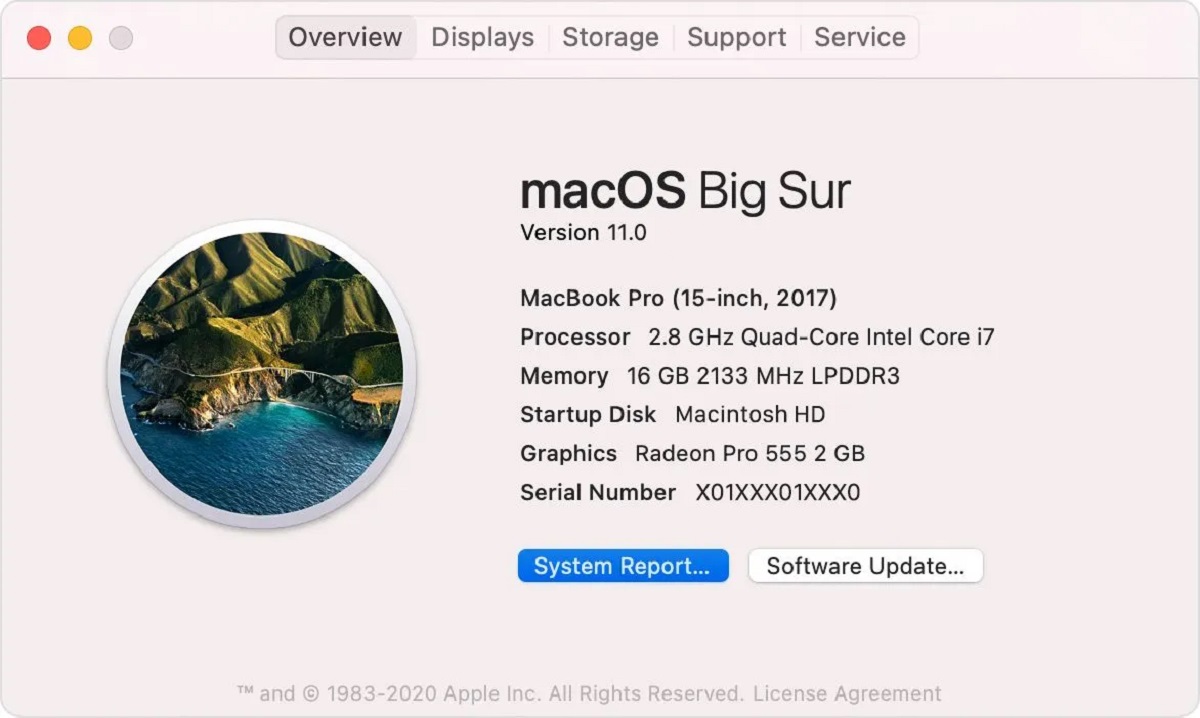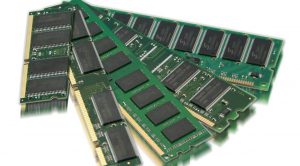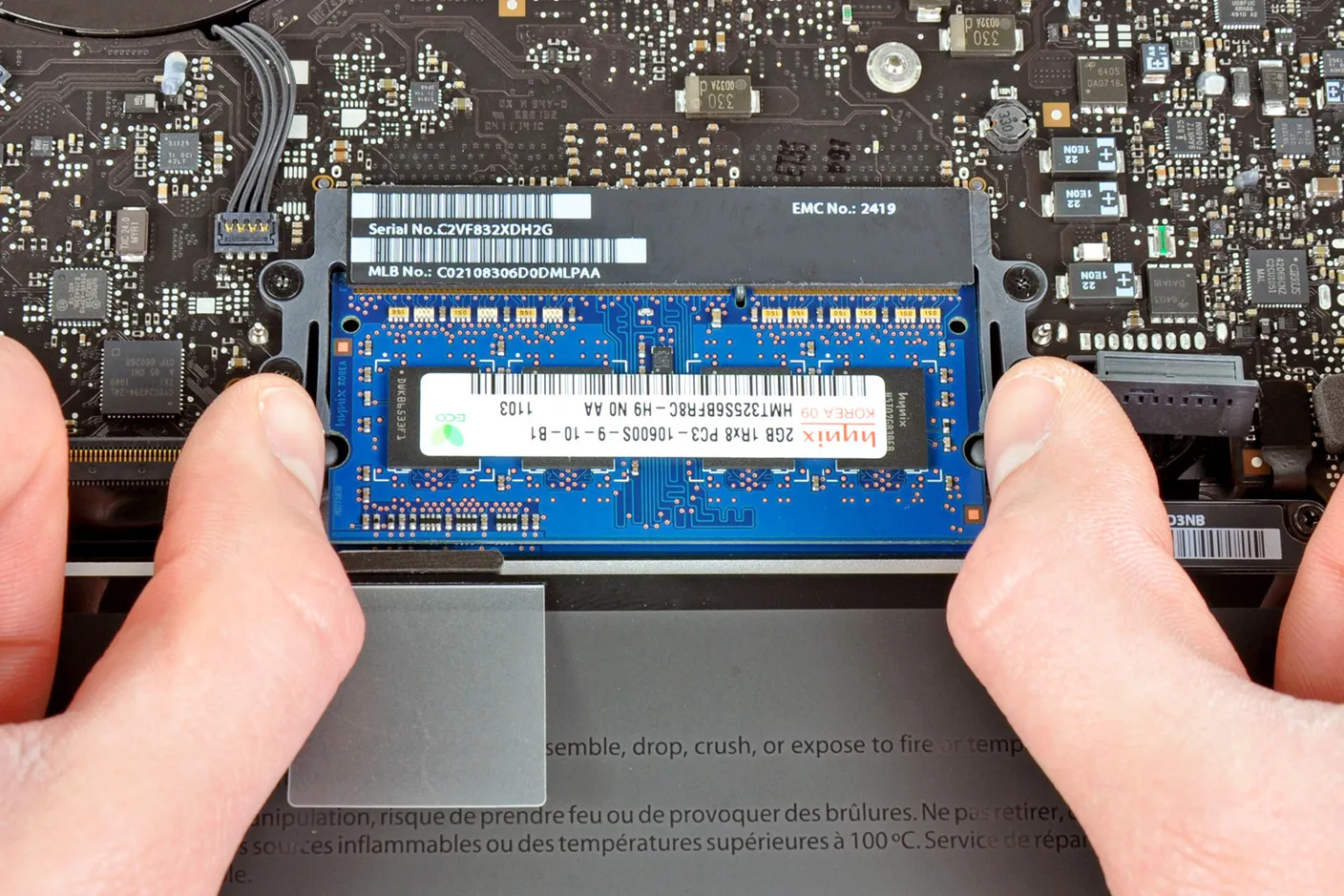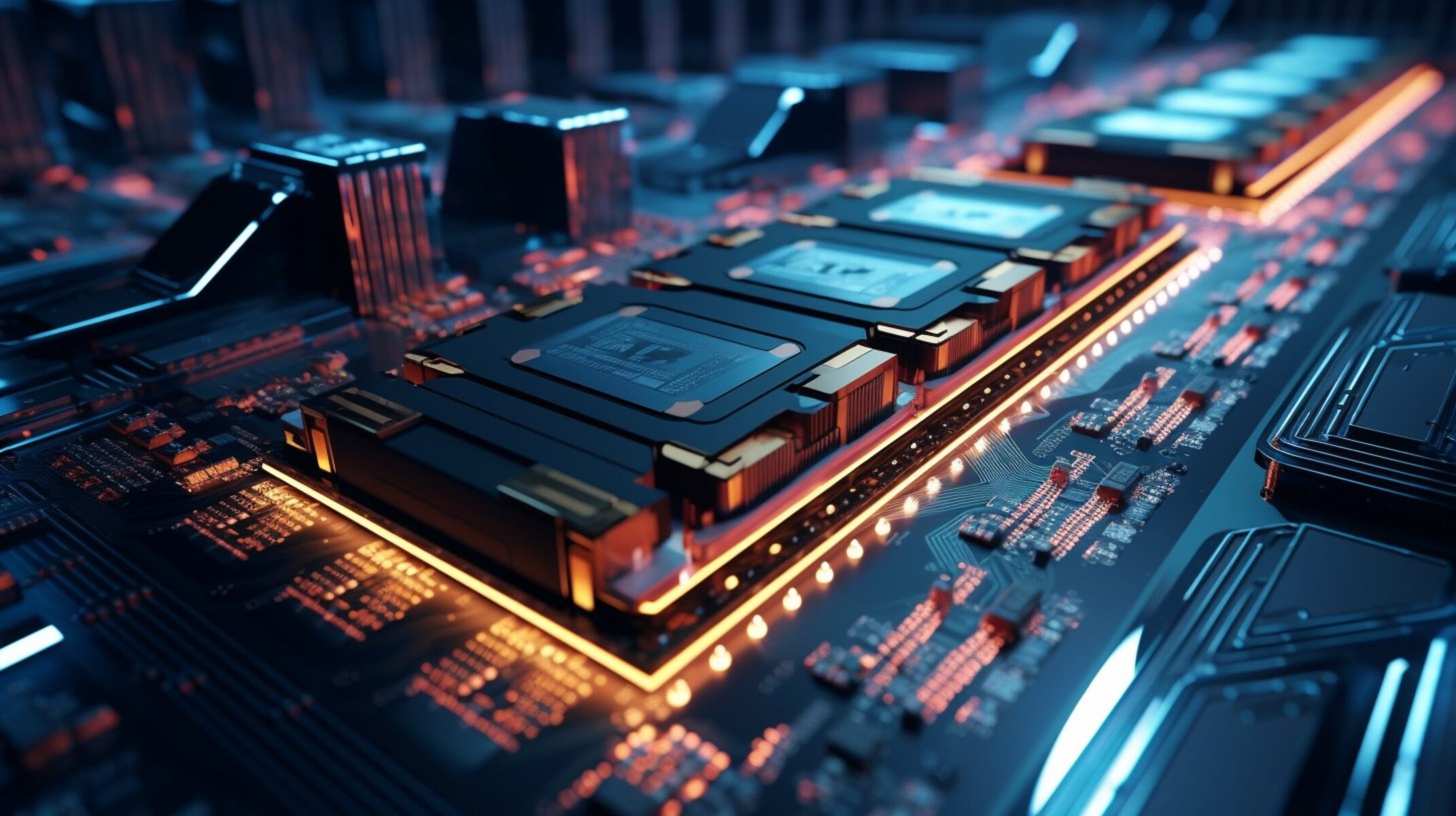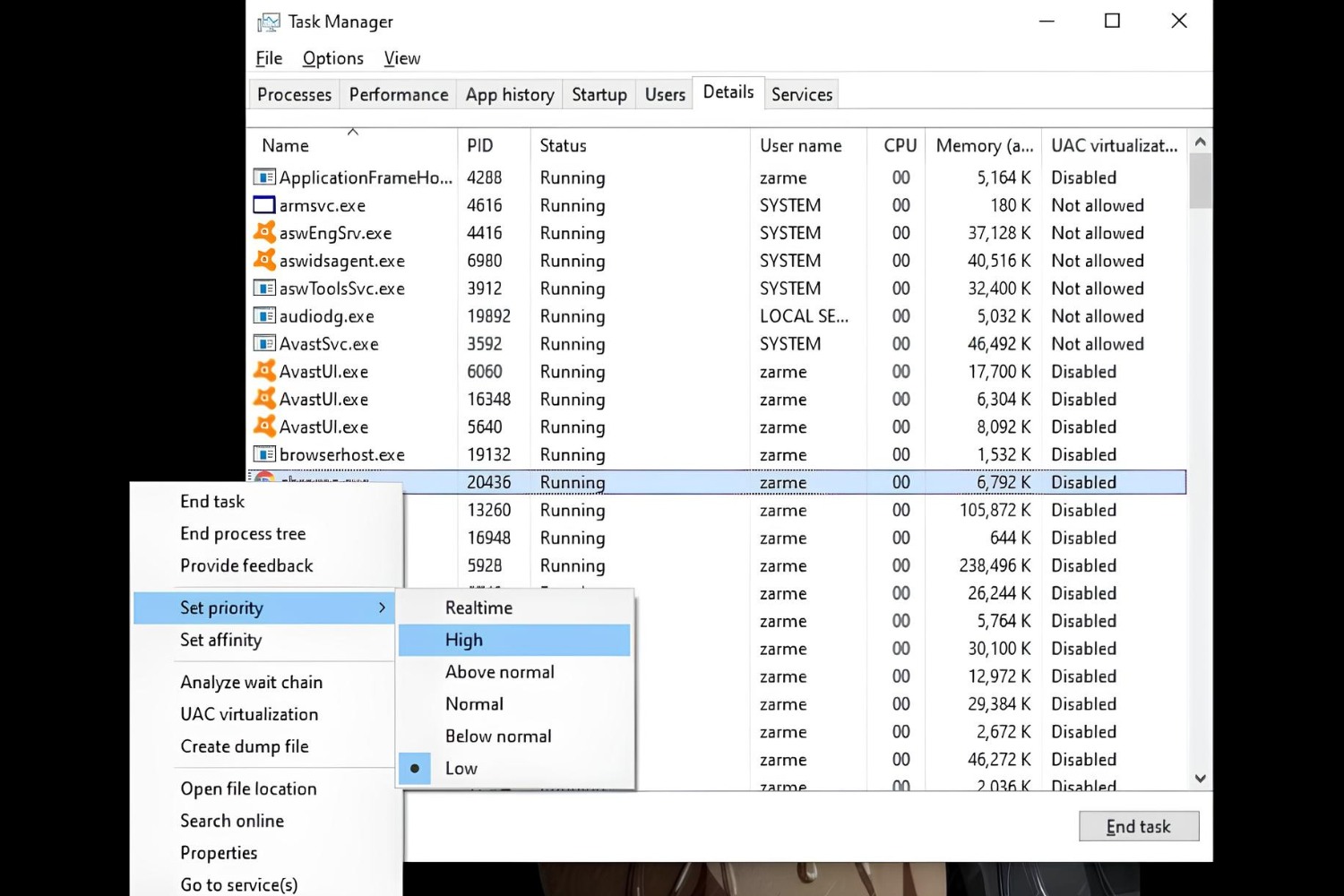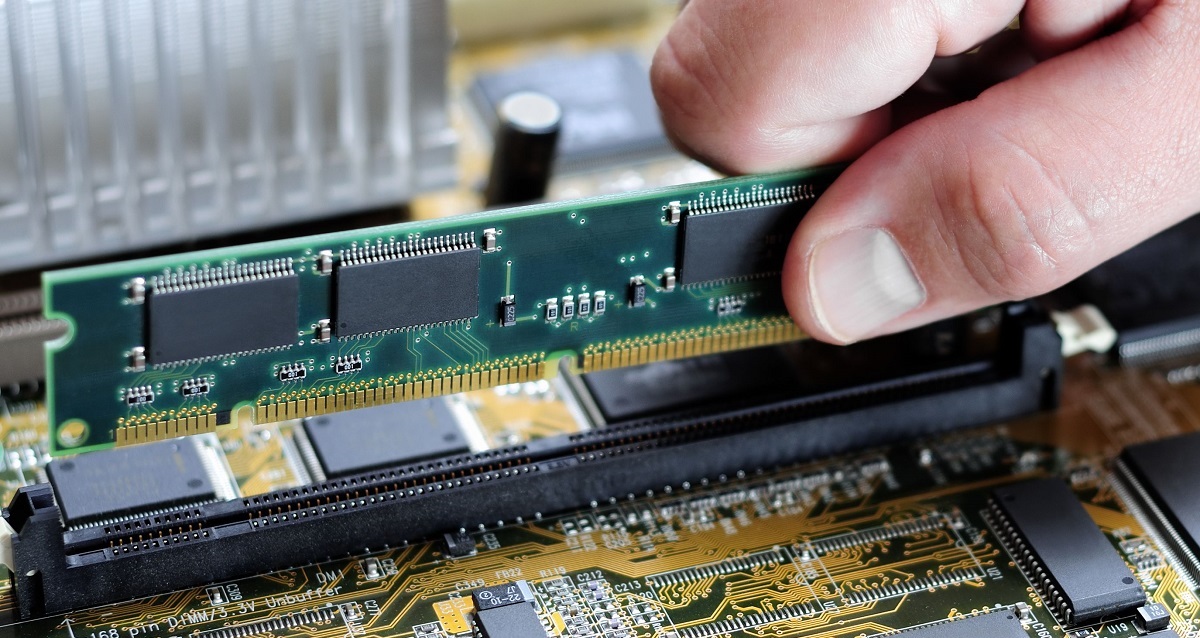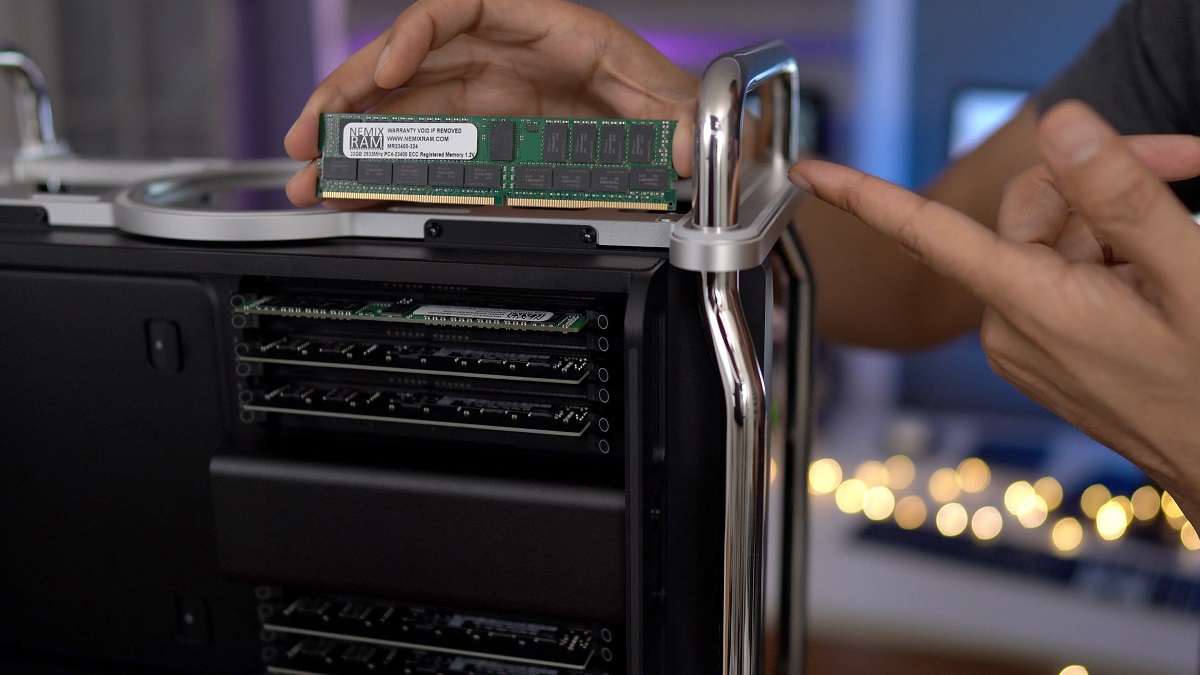What is RAM?
RAM, or Random Access Memory, is an essential component of any computer, including Macs. It serves as temporary storage for data that the computer needs to access quickly. Think of RAM as your Mac’s short-term memory, where it stores information that is currently in use to ensure fast and efficient performance.
Unlike your Mac’s hard drive or solid-state drive (SSD), which stores data even when the computer is turned off, RAM is volatile memory. This means that when you shut down or restart your Mac, the data stored in RAM is erased.
RAM plays a crucial role in multitasking and running applications smoothly on your Mac. When you open a program or a file, it gets loaded into RAM, allowing your Mac’s processor to quickly retrieve and process the data. The more RAM your Mac has, the more data it can store and access at once, resulting in faster and more efficient performance.
Not only does RAM affect the speed and responsiveness of your Mac, but it also impacts its ability to handle resource-intensive tasks such as video editing, graphic design, gaming, and running multiple virtual machines. Insufficient RAM can lead to lagging, freezing, and overall sluggish performance.
It’s important to note that RAM is different from storage capacity. While storage capacity refers to the amount of data that your Mac can store, RAM determines how many programs and tasks it can efficiently juggle at any given time.
In summary, RAM is a vital component of your Mac’s performance, serving as temporary storage for data that requires quick access. It determines how well your Mac can handle multitasking and resource-demanding tasks, leading to improved speed and responsiveness.
Understanding RAM on a Mac
When it comes to understanding RAM on a Mac, it’s important to grasp a few key concepts. Let’s explore them in detail.
Firstly, it’s essential to distinguish between the different types of RAM that may be found in a Mac. The type of RAM used can vary depending on the model and generation of your Mac. Some of the common RAM types include DDR3, DDR4, and LPDDR4X. Each type has different specifications and performance capabilities, so it’s essential to check the specific requirements of your Mac before upgrading or replacing RAM.
Next, you need to consider the capacity of the RAM. Macs typically come with a certain amount of RAM pre-installed at the time of purchase. It is important to know that not all Macs allow for RAM upgrades, so it’s advisable to check the specifications and limitations of your specific model. If your Mac does allow for RAM upgrades, you have the option to increase the RAM capacity to improve overall performance.
Another factor to consider is memory speed, also known as the RAM’s clock speed. The speed at which data can be read from or written to RAM affects the overall performance of your Mac. Higher memory speeds result in faster data transfer rates, leading to snappier and more responsive operations. However, keep in mind that the maximum memory speed is dictated by your Mac’s compatibility, so it’s crucial to check the supported memory speed before making any upgrades.
Additionally, Macs utilize a memory management system called virtual memory. This feature allows the operating system to supplement the physical RAM with a portion of the Mac’s storage capacity. It helps accommodate the demands of running multiple programs simultaneously and enables efficient memory allocation. However, relying too heavily on virtual memory can degrade performance, so it’s recommended to have sufficient physical RAM for optimal performance.
Understanding RAM on a Mac involves familiarizing yourself with these various factors, including the type of RAM, capacity, memory speed, and virtual memory. By having a clear understanding of these concepts, you can make informed decisions about upgrading or replacing the RAM in your Mac, ensuring you get the best possible performance.
How much RAM does a Mac have?
The amount of RAM that a Mac has can vary depending on the model and configuration. Apple offers different options for RAM when purchasing a Mac, allowing users to choose the amount that best suits their needs. Let’s explore the typical RAM configurations for different Macs.
For entry-level Macs like the MacBook Air, you can usually find models with 8GB of RAM. This is sufficient for everyday tasks such as web browsing, document editing, and multimedia consumption. If you mainly use your Mac for lightweight tasks, 8GB of RAM should be enough to provide smooth performance.
Mid-range Macs, like the MacBook Pro and iMac, often offer configurations with 16GB to 32GB of RAM. This amount of RAM is suitable for users who engage in more demanding activities such as photo editing, video editing, and running virtual machines. Having more RAM allows for better multitasking and smoother operation of resource-intensive applications.
For power users or those who work with professional-level applications, Apple also offers high-end Mac models with even higher RAM capacities. These models can have 32GB, 64GB, or even 128GB of RAM. This additional RAM is beneficial for tasks such as 3D modeling, video rendering, and advanced scientific simulations.
It’s worth mentioning that some Macs, like the Mac Pro, allow for user-upgradeable RAM. This means that you can purchase a Mac with a lower RAM configuration and later upgrade it yourself by adding more RAM modules. This offers flexibility for users who may need more RAM in the future but don’t want to invest in the highest configuration initially.
It’s important to be aware that upgrading RAM on certain Mac models may void the warranty or require professional assistance. It’s recommended to consult Apple’s official documentation or reach out to Apple support for guidance on upgrading the RAM in your specific Mac model.
In summary, the amount of RAM a Mac has depends on the model and configuration. From entry-level Macs with 8GB of RAM to high-end models with up to 128GB of RAM, Apple offers a range of options to suit different user needs and budgets. Consider your usage requirements when choosing the right amount of RAM for your Mac.
How to check the amount of RAM on your Mac
If you’re unsure about the amount of RAM installed on your Mac, you can easily check it using the macOS operating system. Here are a few methods to determine the amount of RAM on your Mac:
- Click on the Apple menu in the top-left corner of the screen and select “About This Mac.” A window will appear displaying an overview of your Mac’s specifications, including the amount of installed RAM. This method provides a quick and easy way to see the total RAM capacity of your Mac.
- Another way to check the amount of RAM is to go to the “System Information” application. You can find it by accessing the “Utilities” folder within the “Applications” folder. Once in “System Information,” select “Memory” from the sidebar, and you’ll see detailed information about the RAM modules installed on your Mac, including the capacity, type, speed, and even the number of available slots for upgrades.
- If you prefer a quicker method, you can use the keyboard shortcut “Option + Command + Esc” to bring up the “Force Quit Applications” window. In this window, click on the “Memory” tab, which will give you a visual representation of your Mac’s memory usage. Here, you can see the total amount of RAM installed and how much is currently in use.
These methods should give you a clear understanding of the amount of RAM installed on your Mac. Knowing this information can be helpful if you’re considering upgrading your RAM or troubleshooting performance issues.
It’s important to note that the methods mentioned above are applicable to current versions of macOS. Depending on your macOS version, some slight variations in the interface and menus may occur, but the overall steps should remain similar.
Checking your Mac’s RAM is a straightforward process that allows you to have a better understanding of its capabilities. Whether you’re a casual user or a power user, knowing the amount of RAM you have can help optimize your Mac’s performance.
How to upgrade your Mac’s RAM
If you find that your Mac’s performance is sluggish or you need to handle more resource-intensive tasks, upgrading the RAM can significantly improve its speed and responsiveness. While upgrading RAM can vary depending on the Mac model, here is a general guide on how to upgrade your Mac’s RAM:
- Identify your Mac model: Before upgrading your Mac’s RAM, it’s crucial to check the model and specifications to ensure compatibility. You can find this information by clicking on the Apple menu in the top-left corner of the screen and selecting “About This Mac.”
- Research RAM requirements and limitations: Different Mac models have specific RAM requirements and limitations. Check the Apple support website or consult the documentation to understand the maximum RAM capacity that your Mac can support.
- Purchase compatible RAM: Once you know your Mac’s RAM requirements, purchase RAM modules that are compatible with your model. Ensure that the RAM matches the specifications in terms of type, speed, and capacity.
- Power off your Mac: Before starting the RAM installation process, shut down your Mac completely and unplug it from the power source. This ensures safety and prevents any accidental damage to the computer.
- Open your Mac and locate the RAM slots: Consult your Mac’s user manual or search online for specific instructions on how to access the RAM slots. In most Macs, you will need to remove the back cover or unscrew a panel to find the RAM slots.
- Remove existing RAM modules (if applicable): If you are upgrading the RAM, you may need to remove the existing RAM modules. Gently release the retention clips on the sides of the module to unlock it, then carefully remove it from the slot.
- Install the new RAM modules: Insert the new RAM modules into the available slots, ensuring they are correctly aligned and fit snugly. Push them down firmly until the retention clips lock into place to secure the modules.
- Close your Mac and power it on: Once the new RAM modules are installed, close the Mac, secure any panels or covers, and plug it back into the power source. Power on your Mac, and it should recognize the upgraded RAM during the startup process.
- Verify RAM upgrade: To confirm that the RAM upgrade was successful, go to “About This Mac” or “System Information” and check the RAM section. It should now show the upgraded RAM capacity.
It’s important to note that some Mac models, like the MacBook Air and certain MacBook Pro models, have non-upgradeable RAM that is soldered to the motherboard. For these models, it is not possible to upgrade the RAM.
If you’re unsure about the upgrading process or feel uncomfortable doing it yourself, it’s recommended to seek professional assistance or consult an Apple Authorized Service Provider.
By following these steps and ensuring compatibility, you can successfully upgrade your Mac’s RAM and enjoy improved speed and performance.
Benefits of upgrading your Mac’s RAM
Upgrading your Mac’s RAM can provide several significant benefits that improve its overall performance and usability. Let’s explore some of the advantages of upgrading your Mac’s RAM:
- Improved multitasking: Upgrading your Mac’s RAM allows it to handle multiple tasks simultaneously without slowing down. With more RAM, you can seamlessly switch between applications, run virtual machines, and work on resource-intensive projects without experiencing lag or performance issues.
- Enhanced speed and responsiveness: Additional RAM provides your Mac with more temporary storage to hold data and programs, reducing the need for frequent read/write operations to the hard drive or SSD. This results in faster retrieval of information and quicker response times, enhancing overall speed and responsiveness.
- Resource-intensive tasks: Upgrading your Mac’s RAM is especially beneficial for tasks that demand a significant amount of memory, such as video editing, graphic design, 3D rendering, and running complex software. The increased RAM capacity ensures smooth and uninterrupted performance during these resource-intensive activities.
- Optimized virtual machine performance: If you frequently use virtual machines to run different operating systems or test software, upgrading your Mac’s RAM is essential. It allows for better performance and smoother operation of virtual machines, enabling you to run multiple instances or resource-intensive applications without compromising system performance.
- Future-proofing: As software and applications become more advanced and resource-intensive over time, having ample RAM becomes crucial. Upgrading your Mac’s RAM ensures that it can keep up with the increasing demands of future software updates, helping prolong the lifespan of your Mac and avoid the need for an upgrade in the near future.
- Seamless workflow: With upgraded RAM, you can work seamlessly without interruptions or slowdowns caused by insufficient memory. This allows you to focus on your tasks, improve productivity, and enjoy a smoother workflow without encountering performance bottlenecks.
- Cost-effective upgrade: Upgrading your Mac’s RAM is a cost-effective way to enhance its performance compared to other hardware upgrades. It can provide a significant boost without the expense of purchasing a new Mac altogether.
Ultimately, upgrading your Mac’s RAM improves its multitasking capabilities, overall speed, and performance, allowing you to work more efficiently and effectively. It’s an investment that can greatly enhance your Mac experience, especially if you frequently engage in resource-intensive tasks or run demanding applications.
Things to consider before upgrading RAM on your Mac
Before upgrading the RAM on your Mac, there are several important factors to consider. Taking these into account will help ensure a successful and compatible upgrade. Here are some key points to consider:
- Check compatibility: Different Mac models have specific requirements and limitations when it comes to RAM upgrades. Verify your Mac’s compatibility and the type of RAM it supports. Refer to the official Apple documentation or check reliable sources to ensure that the RAM you purchase is compatible with your Mac model.
- Confirm maximum RAM capacity: Understand the maximum RAM capacity that your Mac can handle. It’s vital to know the upper limit to avoid purchasing more RAM than your Mac can utilize. Overlooking this limitation may lead to wasted expenses or potential instability issues.
- Understand warranty implications: Upgrading the RAM on some Mac models may void the warranty. Before proceeding, it’s advisable to review the warranty terms and conditions or consult with Apple support to understand any potential impact on your warranty coverage.
- Consider your needs: Evaluate your specific requirements and usage patterns to determine how much RAM you need. Consider the types of tasks you regularly perform, such as web browsing, content creation, gaming, or running complex applications. This analysis will help you determine the optimal amount of RAM necessary to meet your needs.
- Budget: RAM upgrades vary in cost, depending on the capacity and type of RAM required. Set a budget that aligns with your needs and priorities before exploring available options.
- Consider professional installation: If you’re uncomfortable or inexperienced with hardware upgrades, it’s worth considering professional installation. Apple Authorized Service Providers or certified technicians can ensure a proper and hassle-free RAM installation, minimizing the risk of damage to your Mac.
- Backup your data: Before undertaking any hardware modifications, it’s always wise to back up your important data. While RAM upgrades rarely pose a risk to data integrity, it’s better to take precautions to avoid potential data loss due to unforeseen circumstances.
- Plan for future needs: As technology advances and software requirements change, it’s beneficial to consider future needs when upgrading your Mac’s RAM. Opting for a slightly higher RAM capacity than your current requirements can prolong the lifespan of your Mac and potentially save you from needing another upgrade in the near future.
Taking these considerations into account will help ensure a smooth and successful RAM upgrade for your Mac. It’s essential to thoroughly research and understand your Mac’s compatibility, limitations, and your specific needs before making a purchasing decision.
Conclusion
Upgrading the RAM on your Mac can have a significant impact on its overall performance and usability. By increasing the amount of RAM, you can enjoy improved multitasking capabilities, enhanced speed and responsiveness, and seamless operation of resource-intensive tasks. However, before proceeding with a RAM upgrade, there are several key considerations to keep in mind.
First and foremost, ensure that you understand your Mac’s compatibility and limitations when it comes to RAM upgrades. Research the specific requirements of your Mac model to ensure that the RAM you choose is compatible and will work seamlessly with your system.
Additionally, confirm the maximum RAM capacity that your Mac can handle. Understanding this limit will prevent you from purchasing more RAM than your Mac can utilize effectively. It’s also essential to take into account any warranty implications that may arise from upgrading the RAM, as it can sometimes void the warranty.
Consider your specific needs and usage patterns when determining the amount of RAM you require. Analyze the tasks you regularly perform on your Mac and choose the optimal amount of RAM to meet your needs without overspending.
It’s advisable to establish a budget for the RAM upgrade and explore available options within your price range. Additionally, if you’re unfamiliar or uncomfortable with hardware upgrades, consider seeking professional installation to ensure a proper and risk-free RAM installation.
As a final precaution, always backup your important data before undertaking any modifications to your Mac’s hardware. While RAM upgrades generally pose minimal risk to data integrity, it’s best to be prepared for any unforeseen circumstances.
In conclusion, upgrading the RAM on your Mac can provide numerous benefits and improve its performance, but it’s crucial to carefully consider compatibility, limitations, and your specific needs before making a purchasing decision. By taking these factors into account and making an informed choice, you can successfully upgrade your Mac’s RAM and optimize its performance for a more seamless and efficient computing experience.







